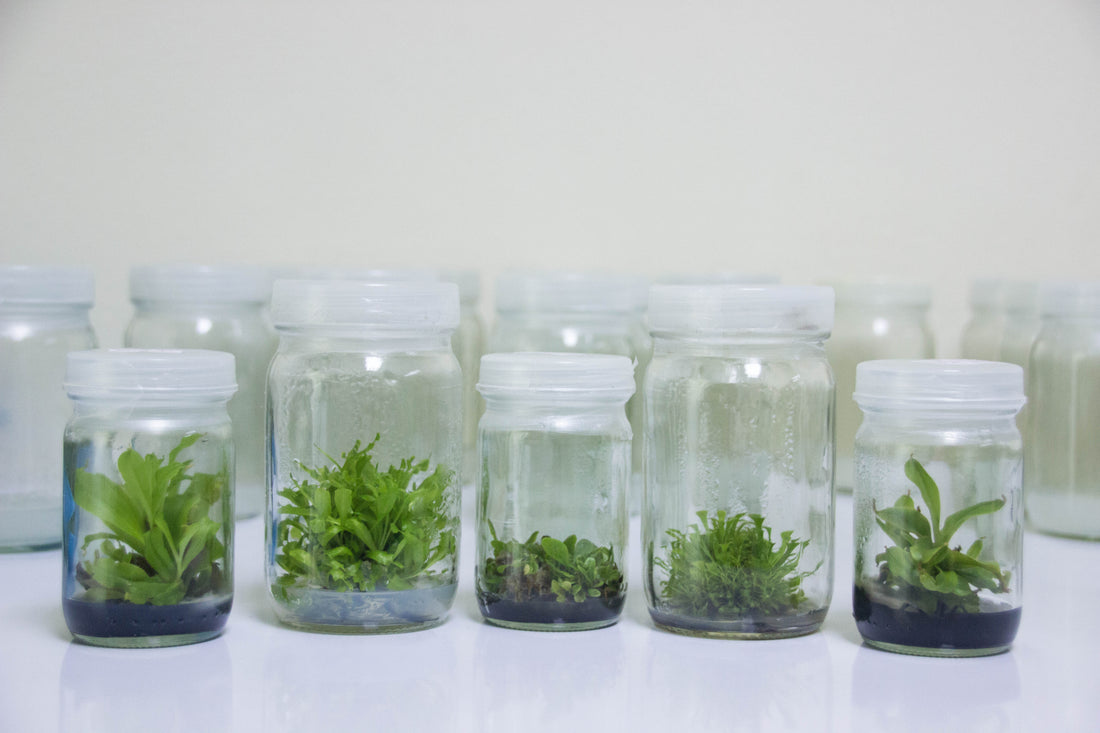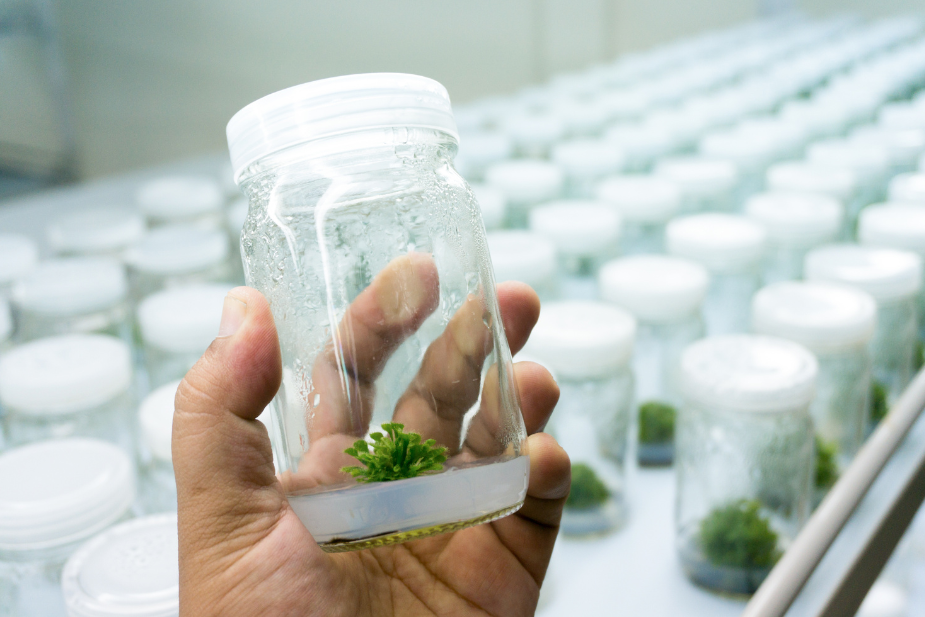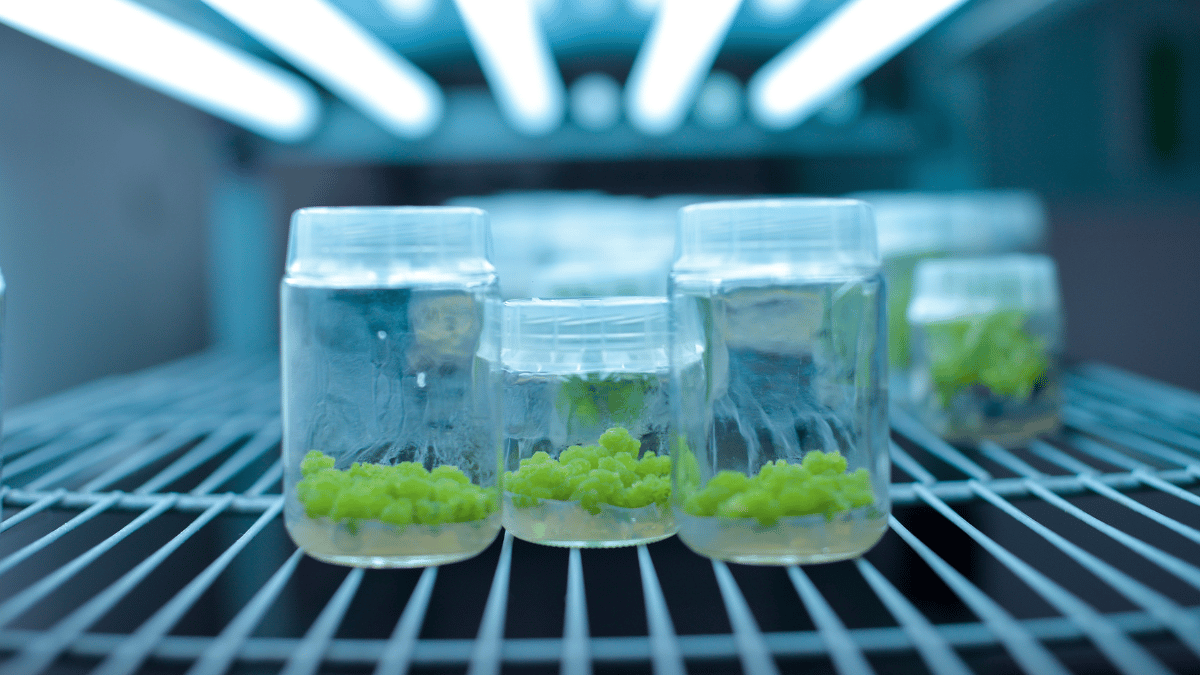
How Effective PPM Is For Tissue Culture Processes?
As a content and community manager, I leverage my expertise in plant biotechnology, passion for tissue culture, and writing skills to create compelling articles, simplifying intricate scientific concepts, and address your inquiries. As a dedicated science communicator, I strive to spark curiosity and foster a love for science in my audience.


Introduction
The maximum query we receive from our customers worldwide is “the contamination” in their tissue culture plants.
Well, the problem is not just only associated with them, but contamination is considered to be one of the most pressing issues in tissue culture labs. For this reason, several sterilization techniques have been created by scientists to prevent contaminants from attacking cultured plants.
Moreover, several tips have been given and precautionary tasks have been suggested by the culturists to prevent contamination in tissue culture labs. However, even after following every step carefully, some contaminants sneak into cultured plants and destroy them.
Earlier some culturists preferred the use of antibiotics in their tissue culture process. However, there are several challenges associated with the use of antibiotics, including:
- It's not 100% efficient
- Doesn’t work for all contaminants
- Some contaminants develop resistance to these antibiotics, thereby, causing more severe and unpreventable threats to cultures.
- It changes the genetics of the cultured plant.
- Not suitable for all tissue culture purposes.
In light of these challenges associated with the use of antibiotics, PCT has introduced a PPM(TM) mixture for all contamination issues.
In this article, we will have an overview of what these contaminants are, how they reach into our tissue culture plants, what is PPM, and how is it the best alternative and one and only most efficient solution to the tissue culture contamination problem.
How Does Contamination Occur in Tissue Culture?
Contaminants are tiny organisms that can not be seen in the environment through the naked eyes, until and unless they have spread in a larger area and grew by forming colonies. That’s why we never know from where and how the contaminants sneaked into our cultures.
However, there are possible sources from where these contaminants can be transferred into tissue culture plants. It includes unsterilized culture media, water, storage vessel, and tissue culture equipment. Moreover, it can also be due to airborne particles, aerosols, our dirty hands, lab coats, and gloves.
Microbes are ubiquitous, they are everywhere. Therefore, it becomes our responsibility to 100% aseptic condition inside labs maintain, follow all precautions, and perform all tissue culture stages carefully to prevent contamination.
Solutions to Prevent Contamination
Contamination in labs can be prevented by taking the following measures:
- Use lab coats, hair caps, and gloves specifically for the tissue culture process. Do not take the lab coat outside the tissue culture room.
- Maintain aseptic condition in the culture area. Use 70% ethanol to wipe the area, incubator, and space inside the laminar hood.
- Sterile all the equipment to be used in the cultural processes.
- Use sterile distilled water for the process.
- Avoid exposure of culture to non-sterile environments.
- Sterilize culture media.
- Wipe your hand using ethanol before starting out the process.
- Surface sterilize the explants carefully and remove all dead tissues that you see.
However, still after following these measures, few contaminants invade the cultures. For such cases, some chemicals like antibiotics and PPM are used to prevent contamination.
You already know the effects of the use of antibiotics in the culture. So, further, you will learn about what does PPM does!
What is PPM and Its Benefits?
For plant tissue culture, Plant Preservative Mixture (PPM) is a heat-stable, broad-spectrum biocide. It is the ultimate solution to the never-ending problem of contamination caused by microbial airborne, waterborne and endogenous contaminants.
The benefits of the uses of PPM in tissue culture include:
- It does not impair in vitro seed germination, callus proliferation, and callus regeneration.
- It prevents the germination of both bacteria and fungi spores.
- It is heat stable, therefore can be autoclaved with the media.
- It is substantially less expensive than commonly used antibiotics.
- It only requires 1-2ml/L of media (however, the concentration varies based on the type and severity of the contamination problem).
How to use PPM?
Well, using PPM is effortless. You can add the required volume of PPM to your culture media and sterilize it in the autoclave. After sterilization, pour media into a culture vessel, culture your plants, and incubate the cultures in proper conditions. That’s it! PPM will do its job to protect your plants against contaminants.
However, even after using PPM, maintaining complete sterile conditions is a must in all cases.
Commonly Asked Questions on PPM
- When dealing with aquarium explants, what is the PPM dosage?
- Aquarium plants have very thin cell walls and as a result, are very sensitive to PPM exposure. We recommend starting with the 0.5 -1 ml range.
- Is PPM effective against algae?
- Yes. Use 0.1% v/v of PPM.
- Does PPM cause any effects on the use of plant hormones?
- No. It’s perfectly fine to use PPM with plant hormones.
- What is the appropriate concentration of PPM-100 when used for the purpose of plant leaf disinfection?
- Use 4% of PPM
- Do the residues of PPM-100 affect the culture with hormones?
- No. No, such cases occur.
How Plant Cell Technology Is Helping Culturists Worldwide In Their Tissue Culture Application?
Plant Cell Technology is helping tissue culturists around the world by providing unique and world-class products and services that smoothen their process. It has MS media, agar, gellan gum, Plant Preservative Mixture (PPM), culture vessels, Biocoupler (TM), and masks in its store to facilitate your processes.
And, that’s not it! Plant Cell Technology also offers consultation services to culturists of all sizes that help to get instant solutions to your tissue culture problems.
So, visit plantcelltechnology.com today and find out more about our product and services and how they help you to excel in your tissue culture processes.
Happy Culturing!!
Blog Categories
View by Level
Popular Blogs

DKW Media: Definition, Use, and Applications
Introduction In vitro plants need nutrients to grow in a lab environment. These media are composed of micronutrients and macronutrients...
Read More
Callus Culture: Definition and Applications
Introduction Tissue culture is not just one technique! Yes, you heard right! As you know, tissue culture is an advanced...
Read MoreSubscribe to Our Newsletter







Join the conversation
Your email address will not be published. Required fields are marked